|
|
|
![]() to
to 

Aegina -panoramic view of the harbor
Aegina island in Greece is exceptional not only for the wonderful climate , the peace and beauty of its landscape and its sandy beaches but also for its ancient history which goes back as far as 3.500 B.C.

On the Hill of Colona to the left of the harbor are
ruins of eleven prehistoric settlements with their fortified walls and
the remains of the Doric temple of Apollo
" of the Dolphins".
From the 6th to the 7th century B.C. Aegina
was the greatest naval power in Mediterranean and the first State to
mint silver coins . Dating from this period are the ruins of
the famous " Hidden Harbor " one of the most
impressive
achievements of ancient Greek technology.and the famous
temple of Aphaia

After the 10th century AD the people of Aegina
living on the coastal areas suffered the repeated attacks of Saracen
pirates and withdrew to the inland hill of Paleochora, where they
say until 188 AD.
In the medieval town situated on the hill
across from the Monastery of Saint Nektarios
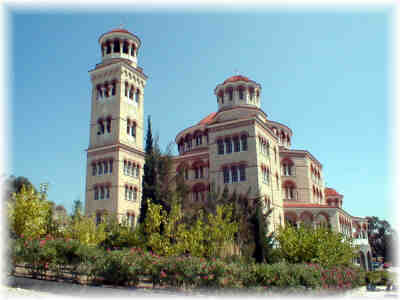
, one sees today the ruins of houses, of the castle and a number
of decorated churches.
Also belonging to this period are "the
beautiful Church"
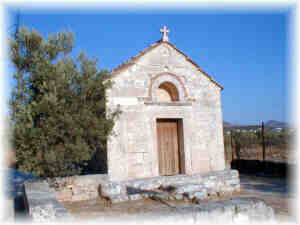
build in the 13th century and so named because of its wall frescos
, the Monastery of Chrysoleontissa build in the 17th century in the center
of a beautiful valley and the underground church of Faneromeni. There are 
references
to the chapel of Saint Nicholas on the harbor from 1693.
At the beginning of the nineteenth century the inhabitants
of Aegina returned to the coastal areas and build the new town in its present
location. One of the first projects of the new town was the repair
of the Medieval Tower of 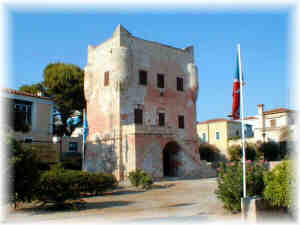
Markellos which became the
seat of the GreeK Goverment from 1826 to 1827 and the contraction
of Aeginas Cathedral
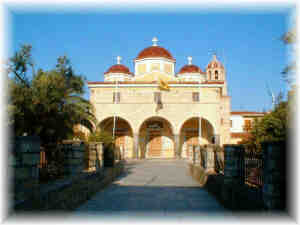
where John Capodistrias,
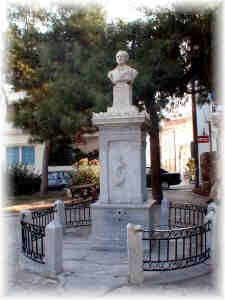
the first Governor of Free Greece , was given him ecstatic welcome.
Aegina has so been the first Capital
City of modern Greece from 1828 to 1829 and the cultural and
educational center of the new country
Buildings dating from this period
are the Governor's residents and administrative building
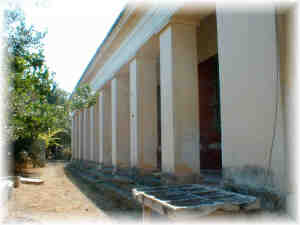 the
Eynards
teacher's College
the
Eynards
teacher's College
,
the primary School and the orphanage (later prison) which gave
shelter to some 500 orphans as well as being the fist library , the
museum, the music school and the printing press.
Towards to the end of the nineteenth century
Aegina became a center of the sponge diving industry and the wealthy
sponge merchants build the large neo-classical homes still seen in
and around the town.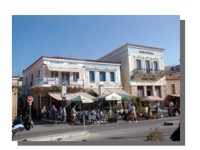
Nowadays Aegina is known as a tourist
destination with many hotels and tourist facilities offering to the visitors
the sense of the old which remains new in a history travel of 27
centuries.

![]() AEGINAS Official web Site
AEGINAS Official web Site
![]() Aegina -island . all the information for the island
Aegina -island . all the information for the island
![]() Aegina's
Photo Albums - A lot of digital Photos of the island
Aegina's
Photo Albums - A lot of digital Photos of the island
